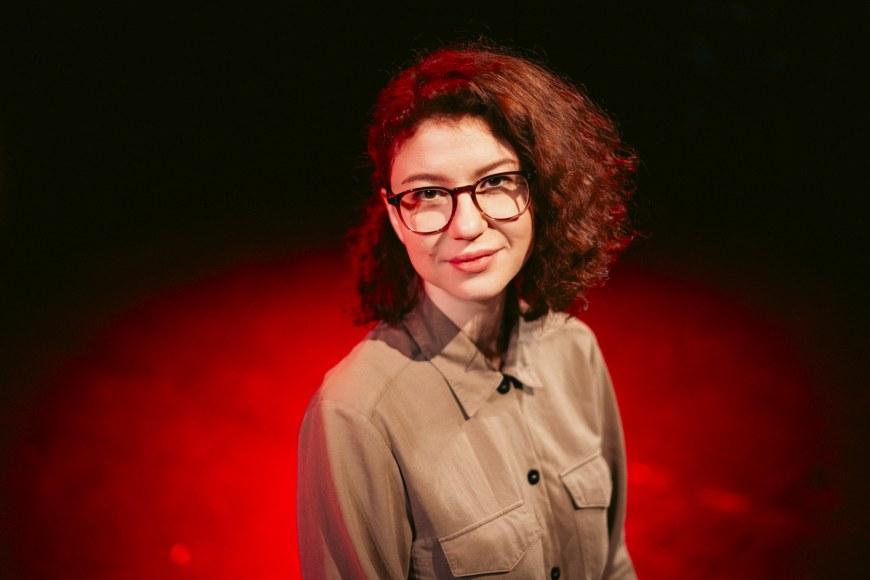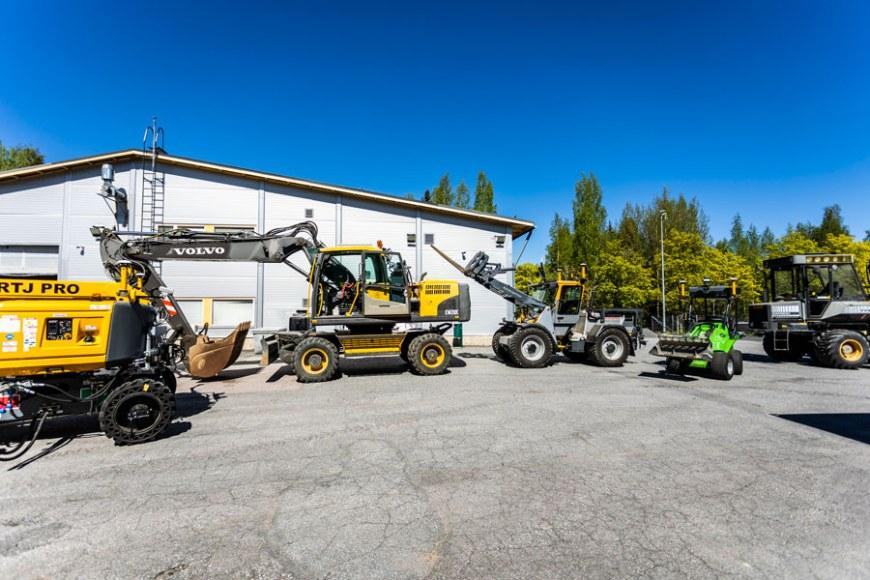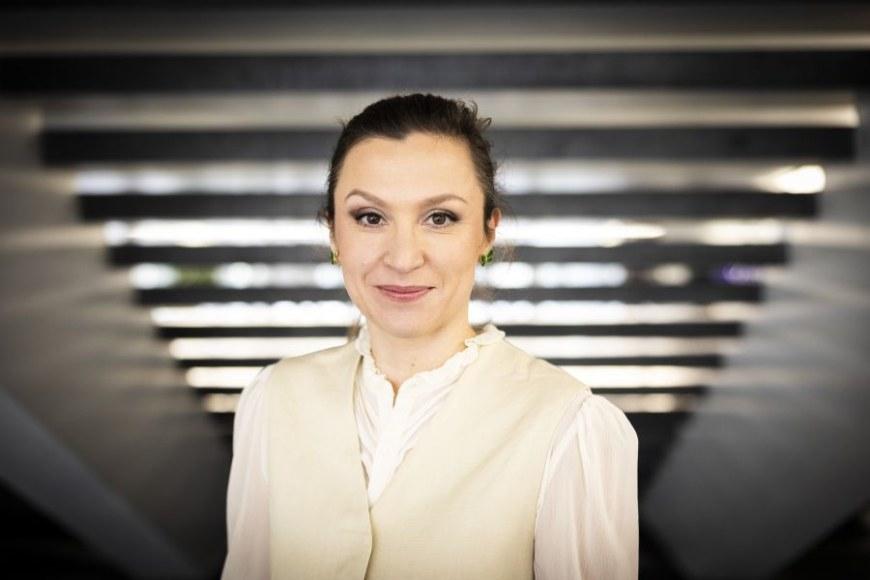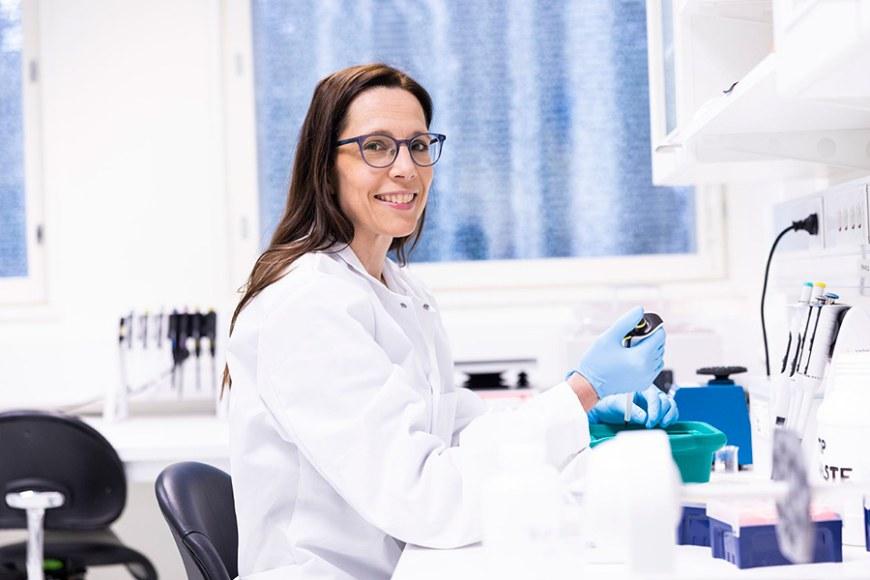Deep breathing exercises in a virtual natural environment lower children’s stress levels in health care
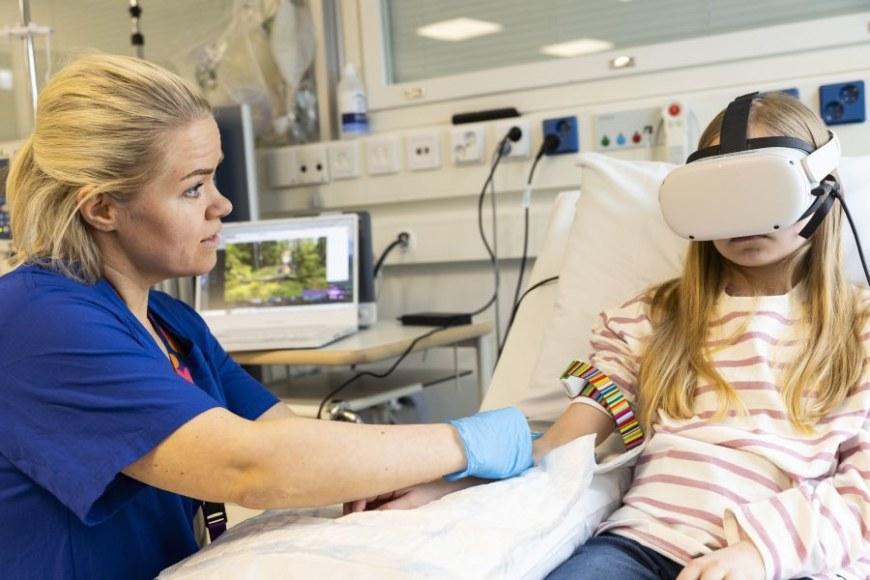
The TAUCHI (Tampere Unit for Computer-Human Interaction) and TamCAM (Tampere Center for Child, Adolescent and Maternal Health Research) research centres at Tampere University have developed an application that can be used to treat child patients suffering from anxiety caused by medical procedures.
According to the research results, the Virtual Natural Environments (VirNE) application reduced children’s stress levels and improved the care experiences of children who are anxious about health care procedures. The app also enabled treatment procedures to be performed in many difficult cases. The study measured both the subjective experiences and physiological responses of 8-12-year-olds. The study was conducted at Tampere University Hospital, and it is part of Ilmari Jyskä’s doctoral research.
In treatment situations, the fear of needles is quite common. It often manifests as fear, crying and resistance, which can sometimes be very strong.
"Some children are fearful, but the procedure still goes smoothly. However, some other children may be hysterical and extra staff and sometimes sedatives may be needed to calm the patient down. In such cases, the procedure can be very difficult for all the parties concerned," says Chief Physician Sauli Palmu.
The VirNe app, developed to tackle treatment anxiety, is used with a VR headset. The application provides the patient with a relaxing nature experience and a guided deep breathing exercise. Medical staff can perform the stressful treatment procedure during the experience.
When using the app, the VR headset shows a peaceful natural landscape, such as a lakeside or a forest. If the patients wish, they can also choose an avatar to guide them through the exercise. In this study, the breathing exercise in the app is guided by a warm and empathetic voice.
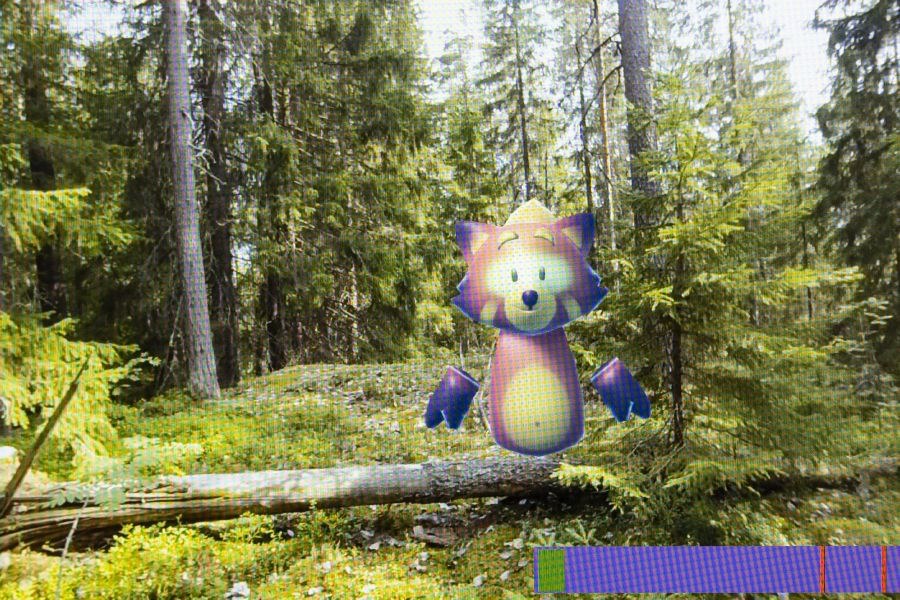
As far as VR technology is concerned, similar therapeutic applications have not been previously made for children and they have not been studied. Many comparable studies have used VR apps for entertainment purposes, but the VirNe application was developed from the outset with medical use in mind.
"The development and spread of VR technology have made cost-effective development work easier in recent years. The lightweight VR headsets suitable for children, which we used in our study, are the result of this development," Jyskä points out.
The VirNe application enables manufacturing similar applications cost-effectively and making them widely available in nursing care.
"We are already collecting data on child and adolescent psychiatry to investigate the use of the VirNe application in the treatment of psychiatric anxiety symptoms. We would also like to extend the use of the app to other procedures children, adolescents and adults are undergoing. The app would be suitable for, e.g., alleviating odontophobia, the fear of dentists," says Professor Kaija Puura, Chief Physician in Child Psychiatry.
"In addition to lessening odontophobia, the application also has potential in chronic pain relief. In addition to medicine, the application can be used in several other contexts, such as bringing a moment of calm to a hectic day of studying. In addition, a Hindi version of the application has been developed to study the significance of the cultural context for the functionality of the application," says Markku Turunen, Professor of Interactive Technology at Tampere University.
Additional information:
Ilmari Jyskä
ilmari.jyska [at] tuni.fi (ilmari[dot]jyska[at]tuni[dot]fi)
0445236069
Markku Turunen
markku.turunen [at] tuni.fi (markku[dot]turunen[at]tuni[dot]fi)
0405339689
Kaija Puura
kaija.puura [at] tuni.fi (kaija[dot]puura[at]tuni[dot]fi)
0504677059
Sauli Palmu
sauli.palmu [at] tuni.fi (sauli[dot]palmu[at]tuni[dot]fi)
0407352566
